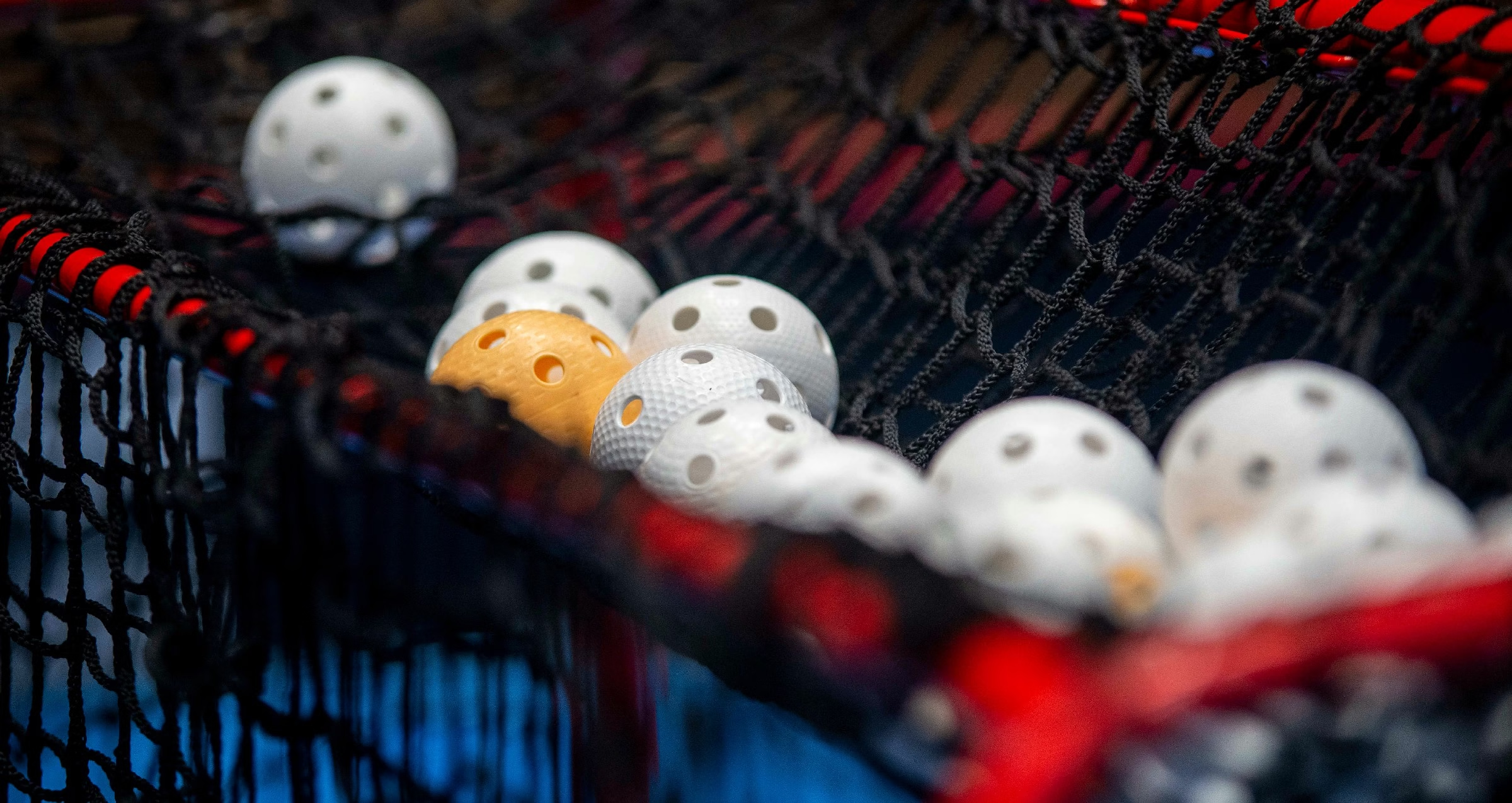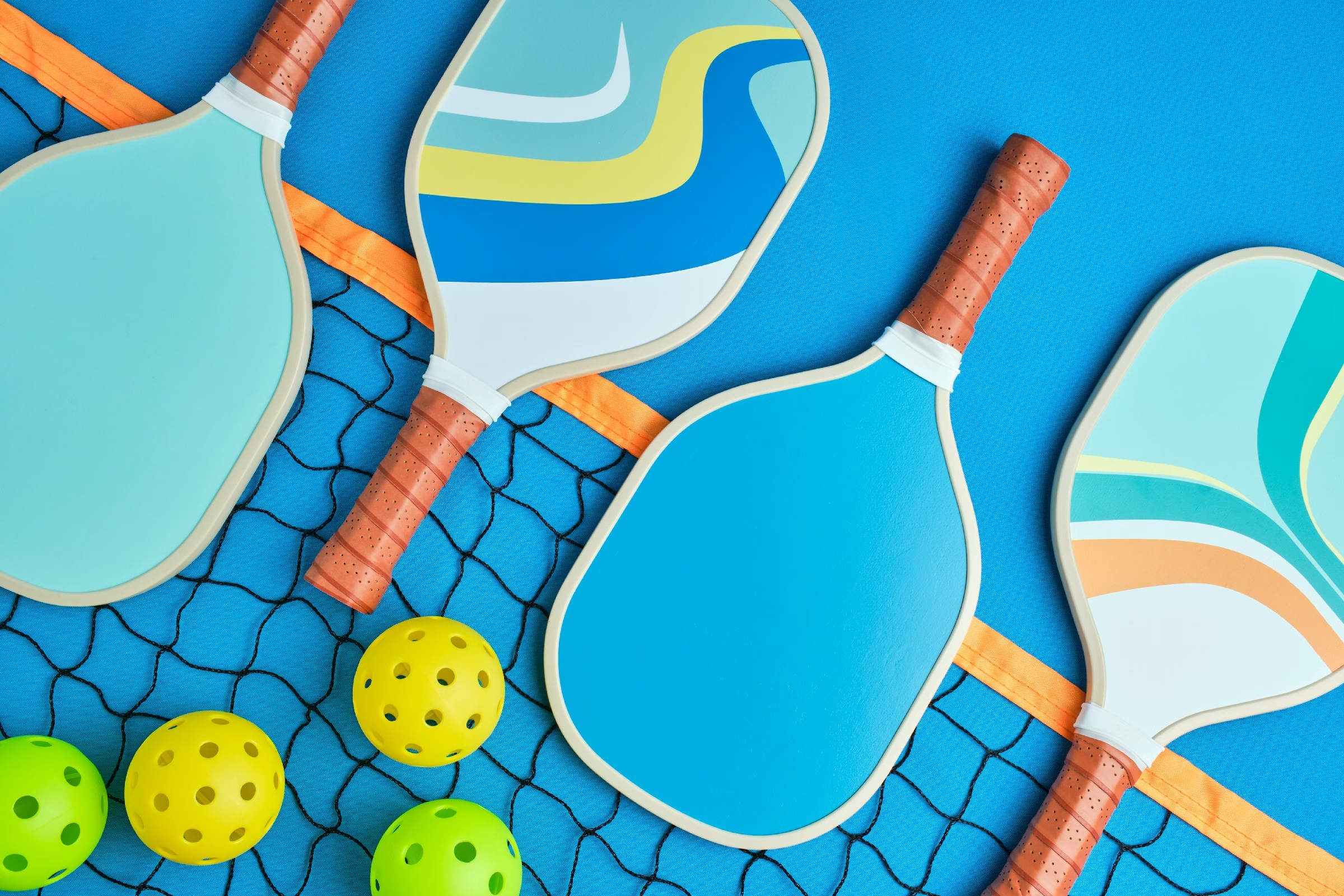Blog
how to measure pickleball dimensions

measuring Up: The Essential Guide to Pickleball Dimensions
Whether you’re a seasoned pickleball enthusiast or a curious newcomer drawn to the sport’s unique blend of tennis, badminton, and ping-pong, understanding the dimensions of the playing field is crucial for a fair and enjoyable game. Just as an artist cannot create a masterpiece without a proper canvas, a pickleball player cannot experience the sport to its fullest without a correctly measured court. This article aims to demystify the specifics of pickleball dimensions, providing you with a straightforward guide to ensure your playing environment meets the official standards. From court size to net height, we’ll take you through the essential measurements that can elevate your game and help you appreciate the careful design behind this rapidly growing sport. so grab your tape measure and let’s get started on laying the foundation for your pickleball adventures!
Table of Contents
- Understanding the Standard Dimensions of Pickleball Courts
- Essential Tools and Equipment for Accurate Measurement
- Step-by-Step Guide to Measuring the Court Layout
- Checking and Adjusting Net Height for Precision
- common Measuring Mistakes and How to Avoid Them
- Ensuring Compliance with Official Regulations and Guidelines
- Q&A
- Insights and Conclusions
Understanding the Standard Dimensions of Pickleball Courts
When it comes to playing pickleball, understanding the standard dimensions of courts is essential for both beginners and experienced players. A regulation pickleball court measures 20 feet wide by 44 feet long for doubles play, while the dimensions remain the same for singles. What sets pickleball apart from other racquet sports is its unique non-volley zone, often referred to as the “kitchen,” which extends 7 feet from the net on both sides.This area aims to keep the game balanced by preventing players from smashing the ball from a short distance near the net.
Each component of the court contributes to the overall gameplay and strategy. The net height is set at 36 inches at the sidelines and 34 inches at the center, creating a slight downward slope that players need to navigate when serving or returning the ball. It is indeed critically important for players to familiarize themselves with court markings, which include the service areas, the non-volley zone, and the baseline. Here is a quick overview of these essential areas:
| Area | Dimensions |
|---|---|
| Non-Volley Zone (Kitchen) | 7 feet from the net |
| Service Area (Each Side) | 10 feet wide |
| Baseline | 20 feet from the net |
Understanding these standard dimensions is vital for setting up home courts or finding a nearby facility that offers regulation play. Furthermore,adhering to the exact measurements ensures that you and your fellow players enjoy a fair and competitive match. As pickleball continues to grow in popularity, knowing the precise dimensions can enhance your experience, nonetheless of whether you play competitively or just for fun in the local park.
Essential Tools and Equipment for Accurate Measurement
To achieve precision in measuring pickleball dimensions, a reliable set of tools is essential. Measuring tape is a basic piece of equipment, ideally one that extends up to 50 feet, enabling you to easily measure the entire court length and width. Choose a lightweight option that can be easily handled during measurement sessions. Additionally, chalk line tools can help mark straight lines for court outlines, ensuring that you lay down accurate dimensions.
Beyond basic measurements, consider investing in a laser distance measurer. This high-tech device offers quick and accurate readings,making it easier to reach corners or areas that might be difficult to access with a traditional measuring tape. It’s notably useful for measuring net height and finding the correct placement of court markings. Marking paint or tape is also crucial for outlining boundaries and specific court areas, providing clear guidelines for gameplay.
organizing your measurement task with a checklist can enhance your efficiency and accuracy. A simple table can be used to keep track of specific measurements, ensuring that nothing is overlooked. Here’s a quick reference table for the standard dimensions of a pickleball court:
| Dimension | Measurement |
|---|---|
| Court Length | 44 feet |
| Court Width | 20 feet |
| Net Height | 36 inches at the sidelines |
Step-by-Step Guide to Measuring the Court Layout
To accurately establish the dimensions of a pickleball court, start by gathering the necessary tools: a tape measure, chalk or spray paint, and measuring stakes.Begin by marking the center of your intended court area. This will serve as the point from which all measurements are taken. Next, measure out to each side to define the court’s boundaries. key measurements include:
- Length: 44 feet for both singles and doubles matches
- Width: 20 feet for doubles; 17 feet for singles
- Non-volley zone: 7 feet from the net on both sides
After marking the outer boundaries, it’s essential to ensure that the lines are straight and even. Using a laser level or additional measuring stakes, check that the corners form right angles; this is crucial for maintaining the integrity of play. Once the court dimensions are confirmed, finalize the markings with chalk or spray paint to ensure visibility. Remember, the net height should be set at 36 inches at the sidelines and 34 inches at the center to meet official standards. You can summarize the key features to check below:
| Dimension | Measurement |
|---|---|
| Length | 44 feet |
| Width (doubles) | 20 feet |
| Width (singles) | 17 feet |
| Non-volley zone | 7 feet |
| Net height (sides) | 36 inches |
| Net height (center) | 34 inches |
Checking and Adjusting Net Height for precision
Ensuring the correct net height in pickleball is vital for fair play and accuracy. The official regulations state that the net should be set at 36 inches high at the sidelines and 34 inches at the center. To achieve this, you’ll need a measuring tape, a reliable net system, and possibly some assistance for optimal setup. Following a clear process will help you maintain the integrity of the game, allowing players to focus on skill rather than the setup.
begin by measuring the height at the ends of the net. Attach your measuring tape to the ground and extend it directly to the top of the net at each post. If the measurements are not accurate, make the necessary adjustments. If your net is too high, lower it by adjusting the tensioning system. If it’s too low, ensure to tighten the net appropriately. It can be useful to have a level tool handy to confirm that the net is straight and horizontally aligned throughout its length.
| Net Height Measurement | Ideal Height | adjustment Needed |
|---|---|---|
| Sideline Height | 36 inches | Raise/Lower |
| Center Height | 34 inches | Raise/Lower |
Once the height is confirmed, it’s essential to conduct a double check to ensure consistency.Invite other players or officials to inspect the setup as well. Keeping a checklist for regular maintenance will ensure longevity and reliability. Remember, an accurate net height enhances fairness, and it brings players one step closer to enjoying the essence of this dynamic sport.
Common Measuring Mistakes and How to Avoid Them
When setting up your pickleball court, one common pitfall is failing to account for the actual dimensions during measurement. Many enthusiasts assume that the court dimensions are consistent across different resources, but slight discrepancies can lead to ample errors. To avoid this,always refer to the official guidelines from governing bodies like the USA Pickleball Association.measure with a reliable tape measure and double-check your numbers against the standardized dimensions:
| Dimension | Measurement |
|---|---|
| Court Length | 20 feet (6.1 m) |
| Court Width | 44 feet (13.4 m) |
| no-Volley Zone | 7 feet (2.13 m) |
Another frequent mistake is misplacing the centerline and sidelines.Players sometimes measure from one edge instead of ensuring equal distance from the center. This can result in a lopsided playing area which can affect gameplay. Always use a chalk line or marking tape to create straight lines, providing a visual reference that helps maintain accurate placements. Additionally, consider using temporary markers to visualize before permanently setting the lines.
don’t overlook the surrounding area necessary for play. It’s easy to focus solely on court dimensions while neglecting the space needed for safe movement. Ensure that there is ample space beyond the boundaries of the court. A generous green buffer can make a significant difference in gameplay, preventing players from colliding with obstacles. A good rule of thumb is to aim for at least 5 feet of clearance around the court. This not only enhances playability but also helps prevent injuries.
Ensuring Compliance with Official Regulations and Guidelines
When setting up a pickleball court,adhering to official regulations is essential for ensuring a fair and enjoyable game.The dimensions of the court,including the net height and the size of the service area,must conform to the standards set by the USA Pickleball Association and other relevant governing bodies. This compliance not only guarantees that players experience consistent play but also upholds the integrity of the sport.
Key measurements to observe include:
- Overall Court Size: 20 feet wide by 44 feet long for both singles and doubles play.
- Non-Volley Zone (kitchen): Extends 7 feet from the net on both sides.
- Service Area: 10 feet deep from the back line, divided into two equal sections.
- Net Height: 36 inches at the sidelines and 34 inches at the center.
To assist in ensuring uniformity, consider utilizing a measurement chart or table during setup. Here’s a quick reference that outlines the specific regulations for a pickleball court:
| Measurement | Value |
|---|---|
| Overall Court Dimensions | 20′ x 44′ |
| Non-Volley Zone | 7′ |
| Service Area Depth | 10′ |
| Net Height at Sidelines | 36″ |
| Net Height at Center | 34″ |
Q&A
Q&A: How to Measure Pickleball Dimensions
Q: What are the standard dimensions for a pickleball court?
A: A standard pickleball court measures 20 feet wide by 44 feet long for both singles and doubles play.the total area should be about 30 feet wide and 60 feet long to accommodate the necessary out-of-bounds space and sideline clearance.
Q: how do I accurately measure the court’s length?
A: To measure the length, use a measuring tape and start from the baseline at one end of the court to the baseline at the opposite end. Make sure to keep the tape taut for the most accurate reading. Remember, the length is 44 feet from baseline to baseline.
Q: What about the width? How do I measure that?
A: For the width, measure the distance from sideline to sideline at the net, ensuring that the tape is straight and level. The width should measure 20 feet across. Double-check your measurement at multiple points to ensure consistency.
Q: What are the dimensions of the non-volley zone,also known as the kitchen?
A: The non-volley zone extends 7 feet from the net on either side. To mark it off, measure 7 feet perpendicular from the net, marking a line parallel to the net on both sides of the court, effectively creating a 14-foot wide kitchen area.
Q: How do I measure the height of the net?
A: The net height is crucial for fair play, standing at 36 inches at the ends and 34 inches at the center. To measure, use a measuring tape and check both ends of the net to maintain the correct height. It’s helpful to have an extra pair of hands to ensure the net is taut while measuring.
Q: Are there any additional areas I should consider?
A: Yes, aside from the court dimensions, it’s important to consider the surrounding area for player safety and movement. A clear space of at least 5 feet around the court is ideal for sideline play and spectator distance, increasing the overall experience for everyone involved.
Q: Can I use different surfaces for my pickleball court?
A: Absolutely! While the dimensions remain the same, you can choose from various surfaces like asphalt, concrete, or grass. Just ensure that the surface is flat and free of debris to promote a safe and enjoyable game.
Q: Is there a specific way to mark the lines on the court?
A: Yes, lines should be 2 inches wide and can be painted using sports field paint or adhesive tape. For best results, use a straight edge or marking tape to create clean lines while keeping a steady hand for consistency.
Q: What’s the best tool to use for measuring and marking?
A: A trusty measuring tape is essential,accompanied by marking chalk or spray paint for the lines. A level can also help maintain the correct height of the net and ensure that the court surface is uniform.
Q: Why is it critically important to have precise measurements?
A: Accurate measurements ensure fair play and maintain the integrity of the game. It allows players to strategize their movements effectively and enjoy a consistent playing experience, no matter where they play.
By following these guidelines, you can create a perfectly dimensioned pickleball court ready for pleasant competitions or serious gameplay!
insights and Conclusions
As we conclude our exploration into the precise dimensions of the pickleball court, it becomes clear that measuring this space accurately is essential for ensuring an enjoyable and competitive game. Whether you’re an aspiring player setting up your first court or a seasoned organizer preparing a tournament, understanding these specifications will help create an environment that nurtures skill and camaraderie.
Remember, the beauty of pickleball lies not just in its dimensions, but in the connections we forge on the court. Armed with this knowledge, you can take the next step toward crafting the perfect playing area. So grab your tape measure,gather your friends,and get ready to serve up some fun on the court.Happy playing!












